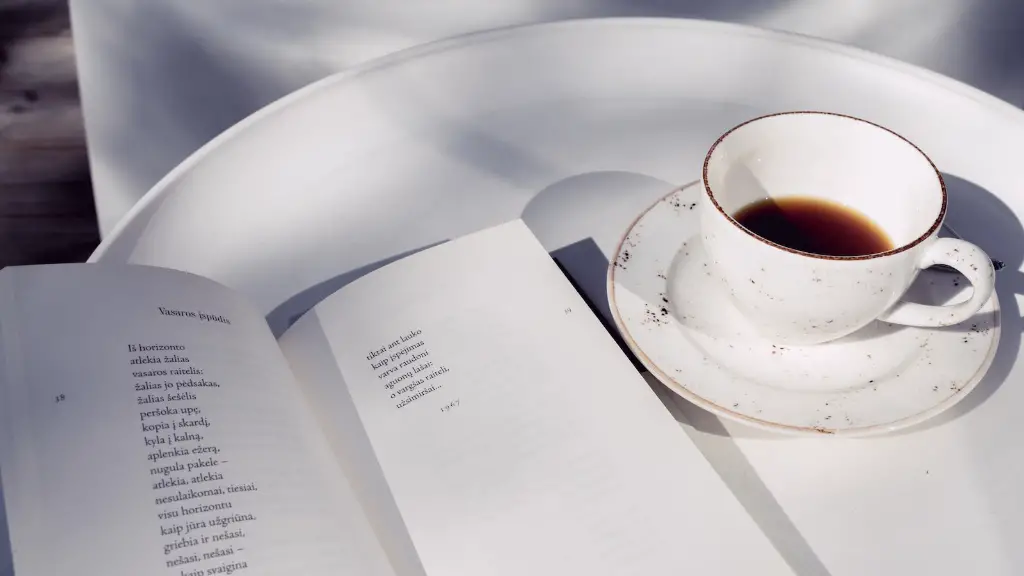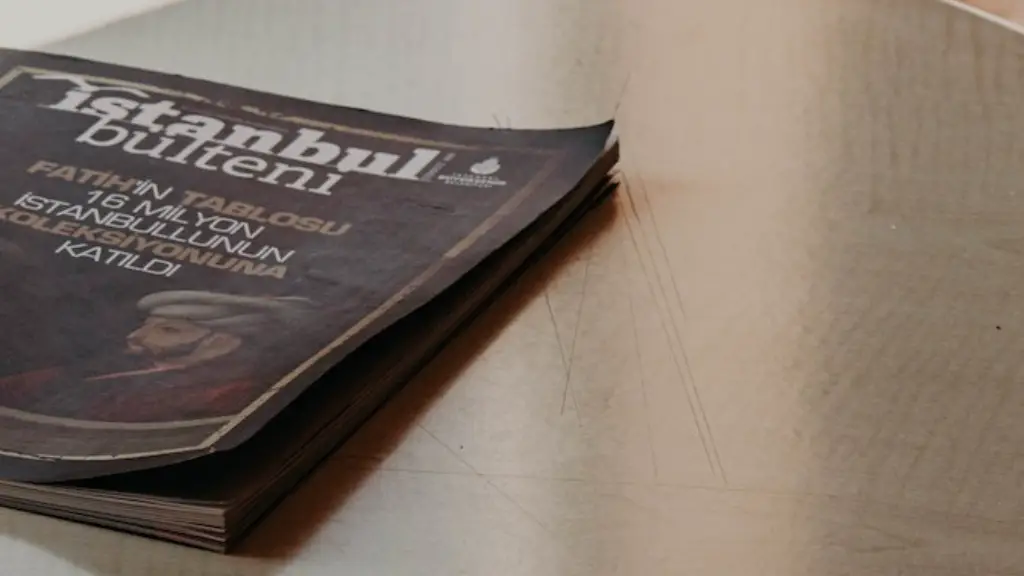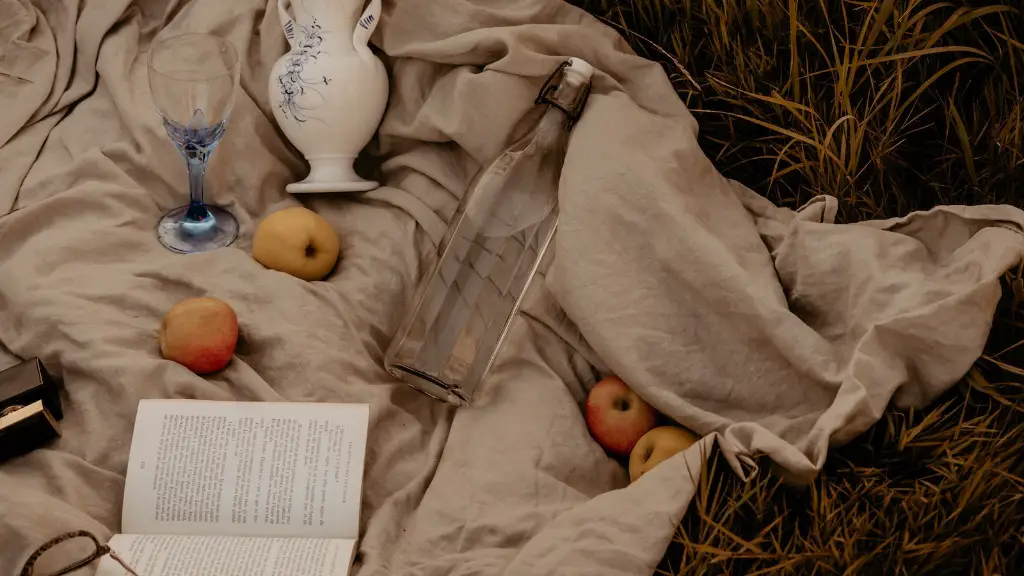Punctuation in Poetry
The use of punctuation in poetry is an essential part of its meaning and structure. Punctuation marks help to clarify a reading of the poem, give it an extra dimension of meaning, and even contribute to its rhythm and cadence. This is why punctuation plays an important role in poetry, and why a thorough understanding of how it should be used is important.
Punctuation marks can have a great impact on the meaning of a poem. The most commonly used marks in poetry are the period, comma, semicolon, colon and quotation marks. When used properly, they can add subtle nuances to words and phrases, provide clarity and emphasize certain aspects of the poem.
For example, in a poem about love, a period can indicate a sense of finality, while a comma can emphasize a pause or sentimental moment. A semicolon can be used to join two related ideas without breaking the flow of the poem. A colon can be used to introduce a list of things related to the main idea, while quotation marks can be used to draw attention to certain words or phrases.
The punctuation marks used in poetry are also used for rhythm and cadence. Punctuation marks help to create a rhythm and flow that can be used to make a poem more powerful and impactful. This can be done by shortening or lengthening sentences for emphasis, or by placing punctuation marks in certain positions in order to create pauses or highlights. This use of punctuation creates added meters to the poem and gives it a more rhythmic quality.
The use of punctuation in a poem can also make the poem more interesting and engaging. By making strategic use of punctuation marks, a poet can make the poem more memorable, and give it a distinct personality and voice. Punctuation marks can also be used to create or emphasize specific themes or ideas.
All of these uses of punctuation mark are important to consider when writing or appreciating a poem. A thorough understanding of the role of punctuation in a poem can be invaluable to its meaning and effect, as well as to the poet’s writing style.
Punctuation as Emphasis
The placement of punctuation marks can also be used in poetry to emphasize certain words and phrases. Using commas and periods in strategic positions can draw attention to certain parts of the poem and help to emphasize a certain idea or point.
For example, a period at the end of a line can indicate a pause or pause for breath in a poem, and can be used to emphasize certain words or phrases. Similarly, a comma can be used to draw attention to certain words, or allow the reader to pause and reflect. Quotation marks can also be used to draw attention to specific words or phrases, and to add a certain inflection or emotional quality to the poem.
The use of punctuation in this way can be particularly effective in lyrical or narrative poems, where the punctuation can be used to indicate setting, character development, and even plot. By carefully placing punctuation marks in specific places in the poem, a poet can set the tone and create a narrative arc without needing to explicitly explain it.
Punctuation as Structure
The structure of a poem can also be enhanced by the use of punctuation. Punctuation is often used to separate or divide sections of the poem, and can be used to indicate the relationship between different sections.
For instance, a semicolon can be used to indicate a transition between two sections of the poem, while a colon can be used to introduce new ideas or converse on a previous point. A comma can also be used to join two related ideas, or to separate different ideas.
Punctuation can also be used to play with the structure of the poem. By using punctuation marks to break up words, a poet can alter the rhythm or flow of the poem, or add emphasis to a specific part. A period or exclamation mark at the end of a line can also indicate either the end or continuation of that same idea.
Punctuation for Emotional Impact
The use of punctuation in poetry can also emphasize feeling and add an emotional quality to the poem. By strategically placing punctuation marks, a poet can alter the tone and intensity of the poem and make it more powerful and evocative.
For instance, a semicolon can be used to indicate a pause between two ideas where the emphasis is placed on the last idea. This can create a sense of unease or anticipation, or even a feeling of loss or regret. Similarly, a period at the end of a line or section can indicate a sense of finality, while a comma can be used to emphasize a pause or tender moment.
Punctuation as Clarity and Meaning
Punctuation is also important in poetry to provide clarity and give words and phrases a specific meaning. This can help the reader understand the poem better and appreciate its nuances.
For instance, a comma can be used to indicate a pause, which can have a significant impact on the overall meaning of the poem. Similarly, a semicolon can be used to join two related ideas without breaking the flow of the poem. By using punctuation marks in this way, a poet can ensure that the poem is read and understood in the way that it was intended.
Punctuation for Punctuation for Rhythm and Meter
Punctuation marks can also help give a poem a certain rhythm and cadence. This can be done by shortening or lengthening sentences for emphasis, or by placing punctuation marks in certain positions in order to create pauses or highlights. This use of punctuation creates added meters to the poem and gives it a more rhythmic quality.
Punctuation marks can also be used to make rhyme and repetitions more effective. By strategically placing punctuation marks, a poet can draw attention to certain words or phrases, and emphasize their importance. This can make rhymes or repetitions more powerful and effective, and add an extra dimension of meaning to the poem.
Punctuation as Pace and Flow
Punctuation marks can also be used to control the pace and flow of the poem. By carefully placing punctuation marks, a poet can create a sense of anticipation and tension, or provide a sudden change in pace.
For example, a series of short sentences or phrases can create a sense of urgency or hurry, while a comma can indicate a pause for thought or reflection. Similarly, a colon can be used to introduce a new idea or concept, while a period can be used to create a sense of finality or closure.
Punctuation in poetry can also be used to create suspense. For example, by strategically placing punctuation marks, a poet can create tension and add a feeling of suspense to the poem. This can make a poem more exciting and engaging for the reader.
Conclusion
In conclusion, the use of punctuation in poetry is an essential part of its structure, meaning, and effect. A thorough understanding of how punctuation can be used is important for both the poet and the reader. Punctuation marks can be used to emphasize certain parts of a poem, create structure, provide clarity, and add an emotional quality. When used correctly, punctuation marks can help to make a poem more engaging, memorable, and effective.


